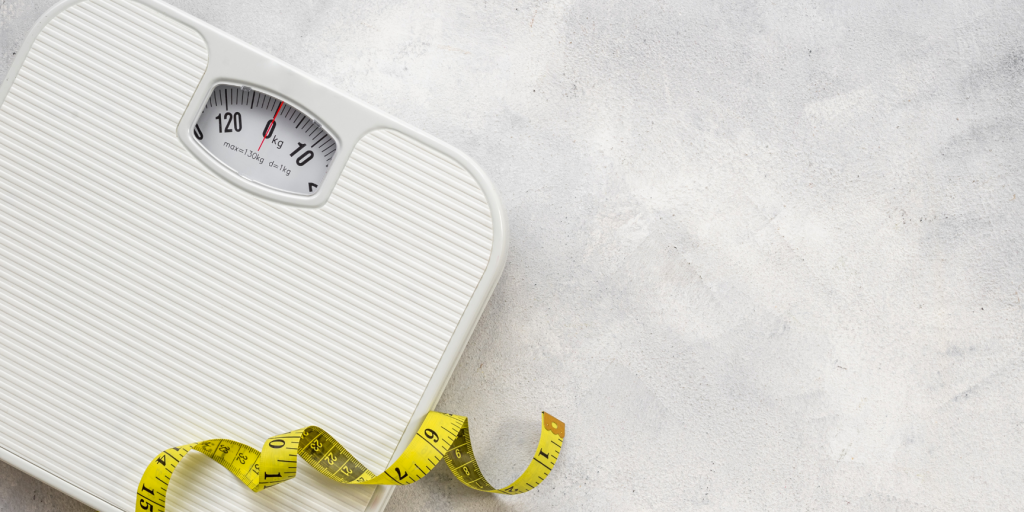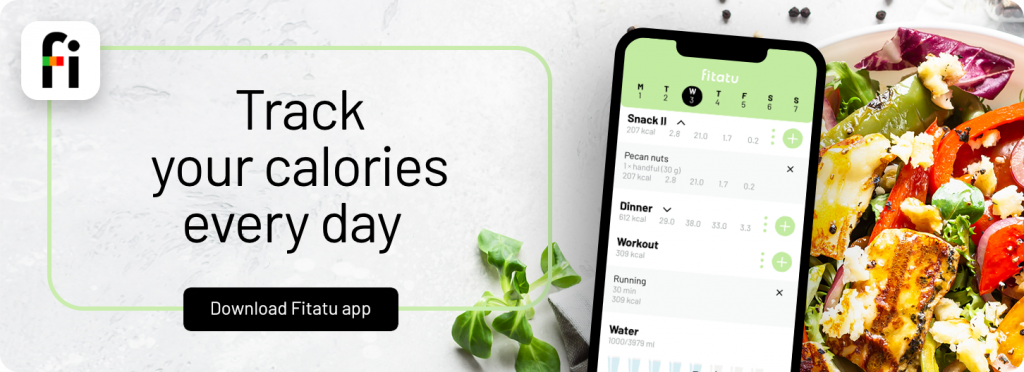Understanding Weight Loss: How Many Calories in 1 lb of Fat?

Understanding weight loss can often feel like navigating a maze, with countless diets and fitness plans vying for attention. Among the many questions that arise, one fundamental query stands out: 1 lb fat is how many calories? Grasping this basic concept is essential for anyone looking to shed pounds effectively and sustainably. In this article, we will delve into the science behind calorie counting and its impact on weight loss, providing clear and practical insights to help you reach your goals.
Introduction to Weight Loss
The Basics of Weight Loss
Weight loss boils down to a simple principle: burning more calories than you consume. This concept, often referred to as a calorie deficit, is fundamental to shedding pounds. When your body needs more energy than it gets from food, it starts breaking down stored fat to use as fuel. This process leads to weight loss over time. Understanding how many calories are in 1 lb of fat—approximately 3,500—is crucial. By creating a daily deficit of 500 calories, you could theoretically lose about 1 lb of fat per week. However, it’s important to note that individual factors like metabolism, activity level, and overall health can influence this process. Starting with this basic understanding can help you make informed choices about your diet and exercise routines.
Importance of Caloric Deficit
Creating a caloric deficit is pivotal for weight loss. Without it, no matter how much you exercise or how healthy your diet, losing weight becomes nearly impossible. A caloric deficit means consuming fewer calories than your body needs for maintenance. This prompts your body to use stored fat for energy, leading to weight loss. For example, if your body requires 2,000 calories a day to maintain your current weight, consuming 1,500 calories would create a 500-calorie deficit. Over a week, this would add up to 3,500 calories, equivalent to losing 1 lb of fat. However, it’s essential to achieve this deficit through a balanced approach of diet and physical activity. Drastically reducing calorie intake can lead to muscle loss, nutritional deficiencies, and other health issues. Thus, understanding and maintaining a healthy caloric deficit is key to effective and sustainable weight loss.
1 lb Fat is How Many Calories?
A common question in weight loss is: 1 lb fat is how many calories? The answer is approximately 3,500 calories. This figure comes from scientific studies that have determined the energy content of fat tissue. Knowing this, you can better plan your weight loss strategy. For instance, to lose 1 lb of fat, you would need to create a caloric deficit of 3,500 calories. This could be achieved through a combination of diet and exercise. For example, reducing your calorie intake by 500 calories a day would result in a 1 lb weight loss over a week. It’s important to note that this is a general guideline. Individual variations in metabolism, body composition, and activity levels can affect how calories are burned and stored. Nevertheless, understanding this basic principle can help you set realistic and achievable weight loss goals.
The Science Behind Calories
What Are Calories?
Calories are units of energy. In the context of nutrition, they measure the amount of energy food provides when consumed. Your body needs calories for basic functions like breathing, circulating blood, and physical activity. Essentially, calories are the fuel that your body uses to operate. Different foods provide different amounts of calories. For example, fats have about nine calories per gram, while proteins and carbohydrates each have about four calories per gram. Understanding this helps you make informed decisions about your diet. Consuming more calories than your body needs leads to the excess being stored as fat, contributing to weight gain. On the other hand, consuming fewer calories than required forces your body to use stored fat for energy, leading to weight loss. Thus, knowing what calories are and how they function is fundamental to managing your weight effectively.
How the Body Uses Calories
The body uses calories in several ways. Firstly, it requires energy to maintain basic physiological functions, known as the basal metabolic rate (BMR). This includes activities like breathing, circulating blood, and cell production. Secondly, calories are needed for physical activity, from walking and exercising to simple movements like standing and fidgeting. Thirdly, the process of digesting food itself consumes calories, known as the thermic effect of food (TEF). Each type of activity requires a different amount of energy. For example, high-intensity workouts burn more calories than low-intensity activities like walking. Understanding how your body uses calories can help you tailor your diet and exercise regimen to meet your weight loss goals. By creating an appropriate caloric deficit through mindful eating and increased physical activity, you can effectively manage your weight. This holistic approach ensures that your body gets the energy it needs while promoting fat loss.
Calories in 1 lb of Fat
Understanding that 1 lb of fat is roughly equivalent to 3,500 calories is crucial for weight management. This figure is derived from the energy content of fat tissue. Fat stores in the body are a dense source of energy, and breaking down 1 lb of fat releases approximately 3,500 calories. This concept forms the basis of many weight loss strategies. For example, to lose 1 lb of fat, you would need to create a caloric deficit of 3,500 calories, either by consuming fewer calories, increasing physical activity, or a combination of both. It’s important to maintain a balanced approach to avoid muscle loss and nutritional deficiencies. Sustainable weight loss often involves creating a modest caloric deficit over a longer period, rather than drastic reductions. Understanding the calorie content of fat can help you set realistic goals and develop a healthier, more effective weight loss plan.
Calculating Your Caloric Needs
Basal Metabolic Rate (BMR)
Your Basal Metabolic Rate (BMR) represents the number of calories your body needs to perform basic life-sustaining functions while at rest. These functions include breathing, circulating blood, and cell production. BMR accounts for the largest portion of your daily calorie expenditure, making it a crucial factor in calculating your total caloric needs. Several factors influence BMR, including age, gender, weight, and muscle mass. Typically, men have a higher BMR than women due to having more muscle mass. To estimate your BMR, you can use formulas such as the Harris-Benedict Equation or online calculators. Knowing your BMR helps you determine how many calories you need to maintain, lose, or gain weight. For instance, if your BMR is 1,500 calories, consuming this amount daily would maintain your current weight, while consuming less would create a deficit, promoting weight loss. Understanding your BMR is a key step in managing your caloric intake effectively.
Total Daily Energy Expenditure (TDEE)
Total Daily Energy Expenditure (TDEE) is the total number of calories your body needs in a day, considering all activities. It includes your Basal Metabolic Rate (BMR) plus the calories burned through physical activity and the thermic effect of food (TEF). Essentially, TDEE provides a comprehensive view of your daily caloric needs. To calculate TDEE, you multiply your BMR by an activity factor that reflects your lifestyle, ranging from sedentary to very active. For instance, if your BMR is 1,500 calories and you have a moderate activity level, you might multiply 1,500 by 1.55, resulting in a TDEE of 2,325 calories. This means you need 2,325 calories per day to maintain your current weight. Knowing your TDEE can help you create a caloric deficit for weight loss or a surplus for weight gain, providing a personalised approach to your dietary and fitness goals. Understanding TDEE is essential for effective weight management.
Creating a Caloric Deficit
Creating a caloric deficit is essential for weight loss. To achieve this, you need to consume fewer calories than your Total Daily Energy Expenditure (TDEE). There are two primary ways to create a caloric deficit: reducing your caloric intake and increasing your physical activity. For example, if your TDEE is 2,000 calories, consuming 1,500 calories daily would create a 500-calorie deficit. Over a week, this would amount to a 3,500-calorie deficit, roughly equivalent to losing 1 lb of fat. Alternatively, you could combine a smaller dietary reduction with increased exercise to achieve the same result. It’s crucial to approach this process gradually to avoid muscle loss and nutritional deficiencies. Aiming for a moderate caloric deficit, such as 500 calories per day, is generally considered safe and sustainable. Understanding how to create and maintain a caloric deficit can help you reach your weight loss goals effectively and healthily.
Effective Weight Loss Strategies
Balanced Diet Tips
Maintaining a balanced diet is crucial for effective and sustainable weight loss. Firstly, focus on incorporating a variety of nutrient-dense foods, including fruits, vegetables, lean proteins, whole grains, and healthy fats. These foods provide essential vitamins and minerals while keeping you satiated. Secondly, portion control is key. Even healthy foods can contribute to weight gain if consumed in large quantities. Using smaller plates and measuring portions can help. Thirdly, stay hydrated by drinking plenty of water throughout the day. Sometimes thirst can be mistaken for hunger, leading to unnecessary calorie intake. Additionally, limit the consumption of processed foods, sugary drinks, and high-fat snacks, as these can add empty calories. Lastly, consider planning your meals and snacks ahead of time to avoid impulsive eating. By following these balanced diet tips, you can create a healthy eating pattern that supports your weight loss goals while ensuring you receive adequate nutrition.
Exercise and Physical Activity
Exercise and physical activity play a vital role in effective weight loss. Regular physical activity helps you burn calories, creating a caloric deficit essential for shedding pounds. Incorporating a mix of aerobic exercises, such as walking, running, or cycling, and strength training can be particularly effective. Aerobic exercises increase your heart rate and burn a significant number of calories, while strength training helps build muscle, which can boost your metabolism. Aim for at least 150 minutes of moderate aerobic activity or 75 minutes of vigorous activity per week, coupled with two or more days of muscle-strengthening activities. Additionally, integrating more movement into your daily routine, like taking the stairs or walking during breaks, can further increase your calorie expenditure. Consistency is key; finding activities you enjoy makes it easier to stick with your exercise regimen. By combining regular exercise with a balanced diet, you’ll enhance your weight loss efforts and improve overall health.
Monitoring Progress
Monitoring your progress is essential to effective weight loss. Regularly tracking your weight, body measurements, and fitness levels can help you stay motivated and make necessary adjustments to your plan. Weekly weigh-ins can provide insight into your overall trend, but remember that daily fluctuations are normal. Using a journal or digital app to log your food intake and exercise can also be beneficial. These tools help you stay accountable and identify patterns or habits that may need tweaking. Additionally, taking progress photos can offer a visual representation of your journey, capturing changes that the scale might not reflect. Setting small, attainable goals and celebrating milestones can keep you motivated. Lastly, be patient and kind to yourself; weight loss is a gradual process, and consistency is more important than perfection. By monitoring your progress, you can make informed decisions and stay on track towards your weight loss goals.
Common Weight Loss Myths
Myth: All Calories Are Equal
One common myth is that all calories are equal. While it’s true that a calorie is a unit of energy, the source of those calories matters significantly. Calories from different foods have varied effects on your body. For instance, 100 calories from a sugary drink can lead to quick spikes in blood sugar levels, followed by crashes that may leave you feeling hungry and tired. In contrast, 100 calories from a piece of chicken provide protein, which helps build muscle and keeps you feeling full longer. Additionally, nutrient-dense foods like fruits, vegetables, and whole grains offer vitamins, minerals, and fibre that support overall health. Conversely, empty-calorie foods, such as sweets and processed snacks, add little nutritional value and can contribute to weight gain. Therefore, focusing on the quality of calories is just as important as managing the quantity. Understanding this can help you make healthier dietary choices for effective weight loss.
Myth: Carbs Are the Enemy
Another prevalent myth is that carbohydrates are the enemy when it comes to weight loss. While it’s true that excessive consumption of refined carbs, such as white bread and sugary snacks, can lead to weight gain, not all carbs are bad. Carbohydrates are an essential macronutrient that provides the body with energy. Whole grains, fruits, vegetables, and legumes are rich in complex carbs, fibre, vitamins, and minerals that support overall health. These foods digest more slowly, helping to keep blood sugar levels stable and providing sustained energy. Eliminating carbs entirely can lead to nutrient deficiencies and a lack of energy, making it harder to maintain an active lifestyle. Instead of cutting out carbs, focus on choosing high-quality sources and practising portion control. Understanding the role of carbohydrates in a balanced diet can help you make informed choices and support your weight loss journey effectively.
Myth: Rapid Weight Loss is Sustainable
The myth that rapid weight loss is sustainable is a common misconception. While it’s tempting to aim for quick results, drastic weight loss is often not maintainable and can be harmful to your health. Rapid weight loss typically involves extreme calorie restriction or intense exercise regimens that are difficult to sustain long-term. This approach can lead to muscle loss, nutritional deficiencies, and a slowed metabolism, making it harder to keep the weight off. Moreover, rapid weight loss can trigger the body’s starvation response, causing it to conserve energy and store fat more efficiently. Instead, focusing on gradual weight loss, such as 1-2 pounds per week, is more effective and healthier. This allows your body to adjust to new eating and exercise habits, increasing the likelihood of long-term success. Sustainable weight loss involves making manageable lifestyle changes that you can maintain over time, ensuring better health and lasting results.
Fitatu® App
Not yet familiar with Fitatu®? Download the app from the Play Store or Apple Store and start taking charge of your health with us!

Fitatu® Support Group
Reaching your goal is easier with the support of others! Join our Fitatu Facebook group and achieve your goals together with other Fitatu® app users. With the group members, you can share your results every day and motivate each other to keep going.
- Overview of materials intended for contact with food. What should kitchenware be made of?
- Demystifying fat: How many calories are in a fat?
- Sweet but smart snacks for kids : A look at popular sweets and healthier alternatives
- Fat in a weight loss diet — Enemy or ally?
- 11 tips on how to prepare meals faster






